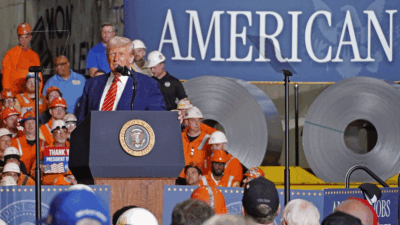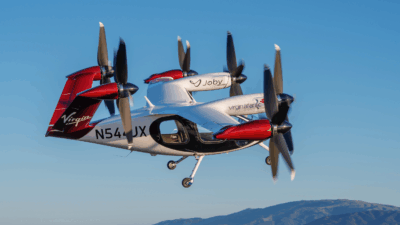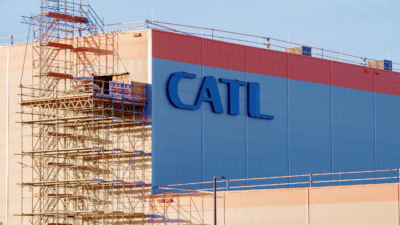
Sign up for smart news, insights, and analysis on the biggest financial stories of the day.
Hyperloop bullet trains are firing blanks.
This year marks a decade since a crop of companies hopped on the hyperloop, and they haven’t traveled very far. A hyperloop startup called Hyperloop Transportation Technologies that wanted to go public via a merger with a SPAC backed by none other than Shaquille O’Neal has recently shelved the idea, casting a pall over the technology’s future.
More of a Shelbyville Idea…
The public appetite for hyperloop projects was whetted in 2013 when Elon Musk announced his interest in building one via his side venture The Boring Company. The basic idea behind a hyperloop is you build a tunnel engineered to contain a partial vacuum and inside that tunnel are pods that hover magnetically above rails. With air resistance greatly reduced, these pods will zoom along the tunnel at phenomenal speeds.
Sounds simple enough, right? Certainly, it was attractive enough for Virgin to build its own prototype. Unfortunately, as you may have already guessed, there are a couple of problems:
- Vacuum tubes present unique (and potentially gruesome) safety concerns — vacuums are hard to maintain over long distances and if a tube is compromised… let’s just say it’s not pretty.
- Hyperloop systems also typically only take a maximum of a few dozen passengers per pod, which is not super scalable for mass transit systems.
Hyperloop TT’s CMO wrote in an email after the company abandoned its SPAC merger that its goal is to “aggressively move forward towards commercialization,” according to Bloomberg. Craig Hodgetts, a retired architecture professor who worked with Hyperloop TT gave a more tempered view of how Sisyphean the hyperloop dream has been. “We spent a lot of time convincing ourselves that all the parameters of the project were within grasp, that it was not a fantasy,” he told Bloomberg.
Ghosted Towns: The Wall Street Journal reported in December that The Boring Company has deserted numerous pitches it made to cities including Chicago and Los Angeles. It did build a tunnel in Las Vegas — but that’s literally all it is. Musk originally said Tesla cars would zip around the tunnel at over 100 mph on tracks. What actually exists is a tunnel where drivers ferry passengers around in Teslas at around 30 mph. The future really is now.











